- Beneficial flavonoids from green teas can trigger a decrease in body mass index
- An ancient remedy has come back to save our hearts: Green tea improves beneficial cholesterol
- Green tea can help you protect your skin from harmful radiation and inhibit the aging of cells
- L-theanine, a natural chemical occurring in green tea may soothe our senses and helps in reducing anxiety
- TeaOrb's choicest collection of green teas may improve your body's ability to burn sugar and clean your blood
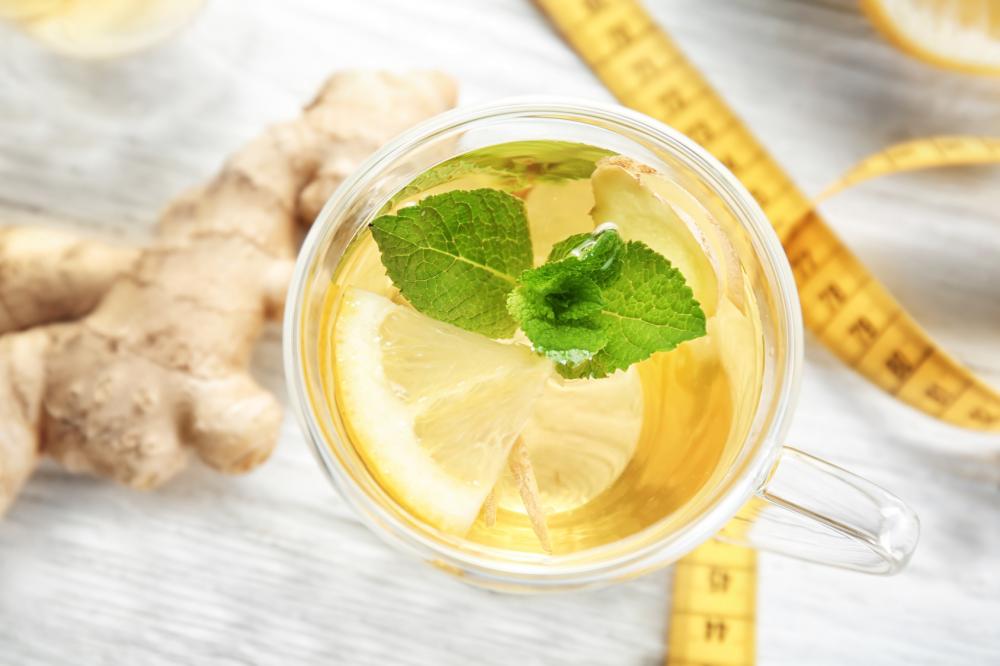
Green tea signals weight loss
In our recent past as humans, no other malaise has affected people as the thought of gaining weight. Modern lifestyle has always been associated with an increase in body mass indices. People spend thousands of dollars to find remedies but often miss what is readily available.
It may surprise the reader that these remedies to stop the body from gaining weight have existed since time immemorial. It was only in the 20th-century scientists started paying attention to what was readily available in our food basket. One such remedy was a compound called flavonoid. According to several studies conducted since the 1990s, flavonoids are found in various fruits and vegetables but the most important source comes from a cup of tea. Among the teas, green tea is considered the richest source of flavonoids from where scientists derive complex molecules of Epigallocatechin gallate, or EGCG as remedies for weight reduction.
Studies show that ECGC can stop enzymes in our digestive tracts from breaking down a crucial hormone called Norepinephrine. This hormone acts as a messenger for our nervous system regulating our learning and memory and autonomic functions. With the increase of the Norepinephrine that signals the breakup of fat cells, the body starts to work as a powerhouse. This also improves the endurance of the body, so exercising leads to more fat burn.
With the discovery of the benefits of EGCG, various pharmaceutical companies started packing green tea extracts into capsules. Each capsule is equivalent to six to eight cups of green tea. The downside of a spike in ECGC is that it impacts the liver. Scientists now recommend the consumption of green tea liquor with meals over a longer period of time which not only helps the body to shed excess weight but also protects the body.
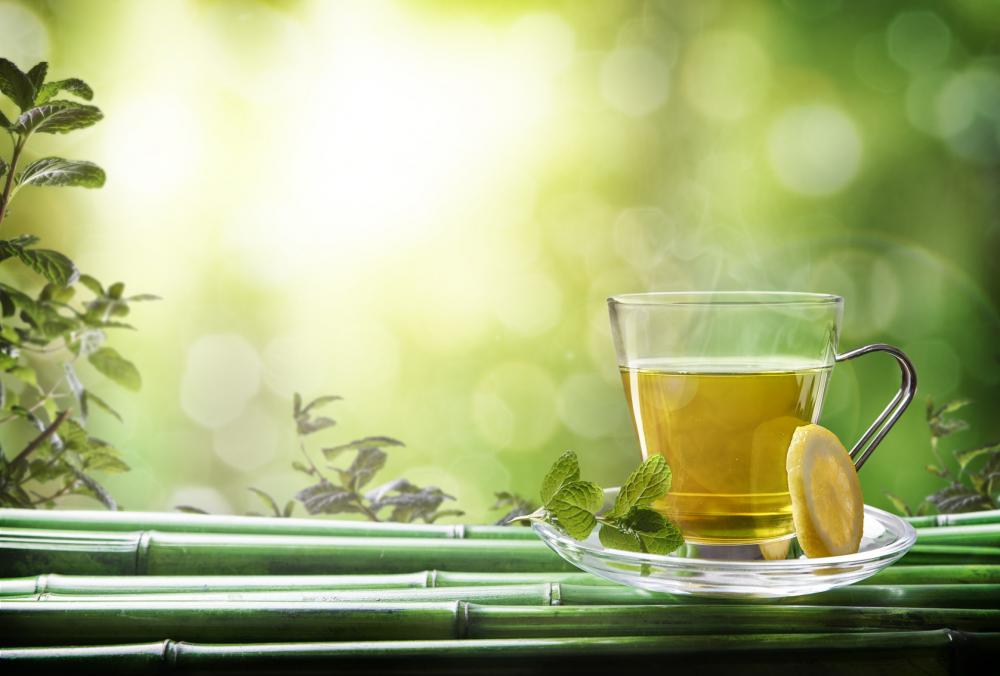
Green tea cuts cholesterol
Among the variety of teas, Green tea contains the highest concentration of antioxidants known as polyphenols, according to research conducted by the University of Maryland Medical Centre, Baltimore, USA. In a path-breaking study conducted by Vanderbilt university medical center situated in Tennessee in the USA in 2003, researchers for the first time demonstrated the effective use of polyphenols found in green tea to reduce cholesterol levels by 16 percent.
Following the finding of Vanderbilt University Medical Centre, several studies have been conducted to show that humans can rely on green tea as an alternative to reducing cholesterol levels. Here's how it works: According to American Heart Association, a pan-USA network of cardiologists, optimal total cholesterol levels should be lower than 200 mg/dL(milligrams per deciliter) of blood, and bad cholesterol levels should not exceed 100 mg/dL. Our body has both high-density lipoprotein (HDL) cholesterol considered beneficial for the cardiovascular system and low-density lipoprotein (LDL), which is called bad cholesterol.
Enter Green tea. As soon as we consume green tea, the polyphenols improve the density of lipoprotein in the cholesterol. As the density of lipoprotein increases, there is more HDL in the bloodstream improving the transport of necessary fat and proteins to vital organs of our body. As HDL increases it sweeps the bad cholesterol, which causes atherosclerosis or blockage of arteries. It has been proved that atherosclerosis often leads to strokes and heart attacks.
The University of Maryland Medical Center recommends drinking two to three cups of green tea per day. This amount contains about 240 to 320 mg of polyphenols which improves the density in cholesterol and lowers the chances of atherosclerosis. A naturally occurring remedy, Green tea has been trusted by ancient medical practitioners in Asia for more than a millennia and is now a favorite among those who love to stay healthy. At TeaOrb, we offer you 20 different varieties of green tea from some of the best organic estates in Assam which may just be the right choice to combat cholesterol.

Make your skin glow with Green Tea
With a fast-changing climate, pollutants, and depletion of the ozone layer, more and more people are looking to save their skin from these impacts. These factors also impact cell growth leading to premature aging. Some researchers have found green tea even better than chemical products that protect the skin from aging.
In this post, we have already discussed micronutrients called polyphenols naturally occurring in green tea. According to researchers at the National Centre for Biotechnology Information, Epigallocatechin gallate (EGCG) has anti-oxidant, photoprotective, and anti-inflammatory properties. In 2000, scientists led by C.A. Elmets published their research in the Journal of the American Academy of Dermatology in which they found that green tea extracts on the skin reduce the impact of ultraviolet (UV) rays of the sun. The scientists found that the reddening of the skin due to sunburn was reduced by more than 80 percent and the destruction of DNA due to UV exposure was reduced by 45 percent. Since EGCG does not absorb UV rays, it forms a protective layer on the outer skin. For the same reason, green tea extracts are also used by cancer patients going through chemotherapy.
Similarly, EGCG found in green tea also slows down the aging of the cells. With the discovery of telomeres or the tail of chromosomes in the 1970s, scientists found that the length of the ‘tail’ was crucial for the life of the cell. During the process of cell division, the size of the tail keeps getting shorter due to oxidation. EGCG is an antioxidant that prevents the loss of the tail and helps it grow longer, thereby increasing the life of the cell and slowing the aging process. At TeaOrb, we have varieties of green teas from Assam, rich in EGCG, which may bring back that healthy glow in your skin and protect you from harmful radiation.

Goodbye to stress with Green Tea
Among the most beneficial chemical compounds found in green tea, L-theanine, an amino acid, has been known for centuries among Japanese traditional healers. Known as a relaxant and a mood enhancer, L-theanine was first discovered in gyokuro tea leaves in 1949 and 1950.
Over the years, various types of research have shown that l-theanine produced from green tea works as a stress reliever and arrests anxiety. Stress and anxiety are seen as the beginning of maladies that can lead to other terminal diseases such as schizophrenia, Alzheimer's disease, and heart disorders. Scientists have also found links to memory loss and loss of cognition due to stress. An unfortunate outcome of our modern working lifestyle, it impacts people from all strata of our society. The remedy lies in finding solutions that can help the brain to relax and calm the senses without any kind of side effects.
So how does L-theanine work? Does it have any side effects? The chemical composition of L-theanine resembles a neurotransmitter found in humans called glutamate. While glutamate generally induces excitement, L-theanine calms the nerves. L-theanine binds to the same brain cell receptors and stops the brain from overworking thereby producing a calming effect.
The best part however is that the L-theanine extracts from Green tea do not produce any side effects. While some anti-stress and anti-anxiety prescription drugs sedate the human body, L-theanine does not produce any such effects. Scientists are now going beyond its soothing properties and studying its cognition-boosting abilities as well.
Traditional tea producers in Japan used to grow gyokuro in the shade only researchers in the 1950s found that growing in shade led to the production of l-theanine. Green tea manufactured in Assam’s undulating plains has been considered rich in L-theanine which you will find on our products page.
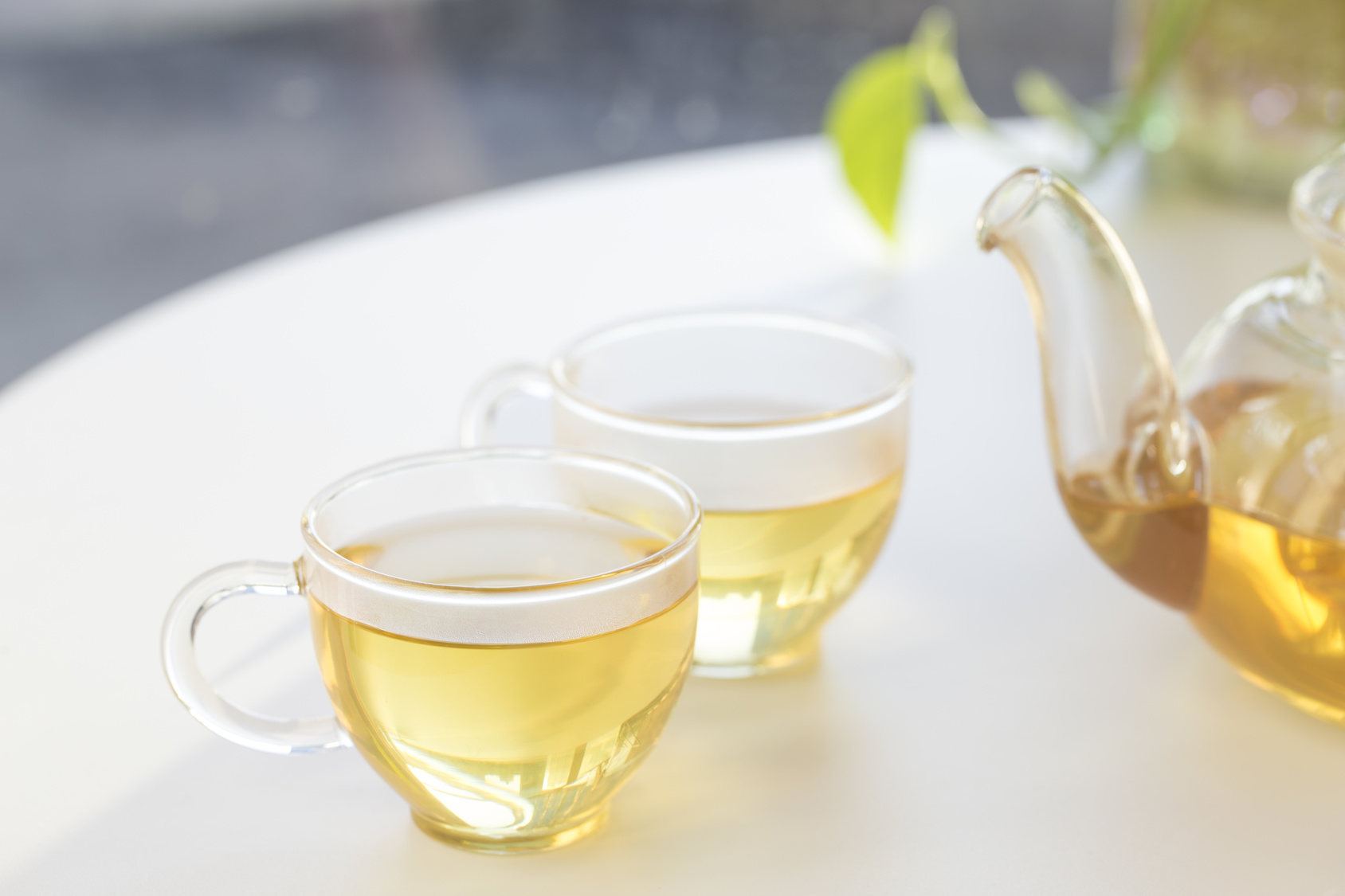
Inhibiting diabetes: How Green Teas burn blood sugar
In this blog post, we discussed how polyphenol occurring naturally in green tea lowers heart disease. Research shows that polyphenol not only clears our arterial passages from 'bad' cholesterol but also inhibits the sugar production processes that cause type-2 diabetes also known as hyperglycemia. To put it simply, diabetes is a condition that causes blood glucose (sugar) levels to rise higher than normal. It has been estimated that about 2.1 billion people suffer the debilitating effects of diabetes.
However, green tea is rich in more than 4000 different beneficial compounds of which one-third is comprised of polyphenol. According to the USA-based National Center for Biotechnology Information (NCBI), a government health research body, a 33% risk reduction of developing type-2 diabetes was found in subjects consuming six or more cups of green tea daily as compared to those consuming less than one cup per week. In other words, if you are looking at natural remedies, green tea lowers blood sugar.
So how does green tea achieve this important biochemical reaction? According to NCBI, epigallocatechin gallate (EGCG), the most abundant form of polyphenol in green tea, metabolizes food by inhibiting the enzyme called amylase, which is primarily responsible for turning carbohydrates into simple sugars (glucose). By inhibiting amylase, EGCG burns all the sugars by oxidizing them. According to a study published by Nature in 2015, while other inhibitors such as synthetically produced acarbose are also effective but they induce vomiting or diarrhea in the patients. The study adds that increasingly several physicians recommend herbal remedies such as green tea, rich in inhibitors to improve sugar levels among diabetics. At TeaOrb, we offer you 20 different varieties of green tea from some of the best organic estates in Assam which may just be the right choice to combat blood sugar and diabetes.

This work is licensed under a Creative Commons Attribution 4.0 International License.




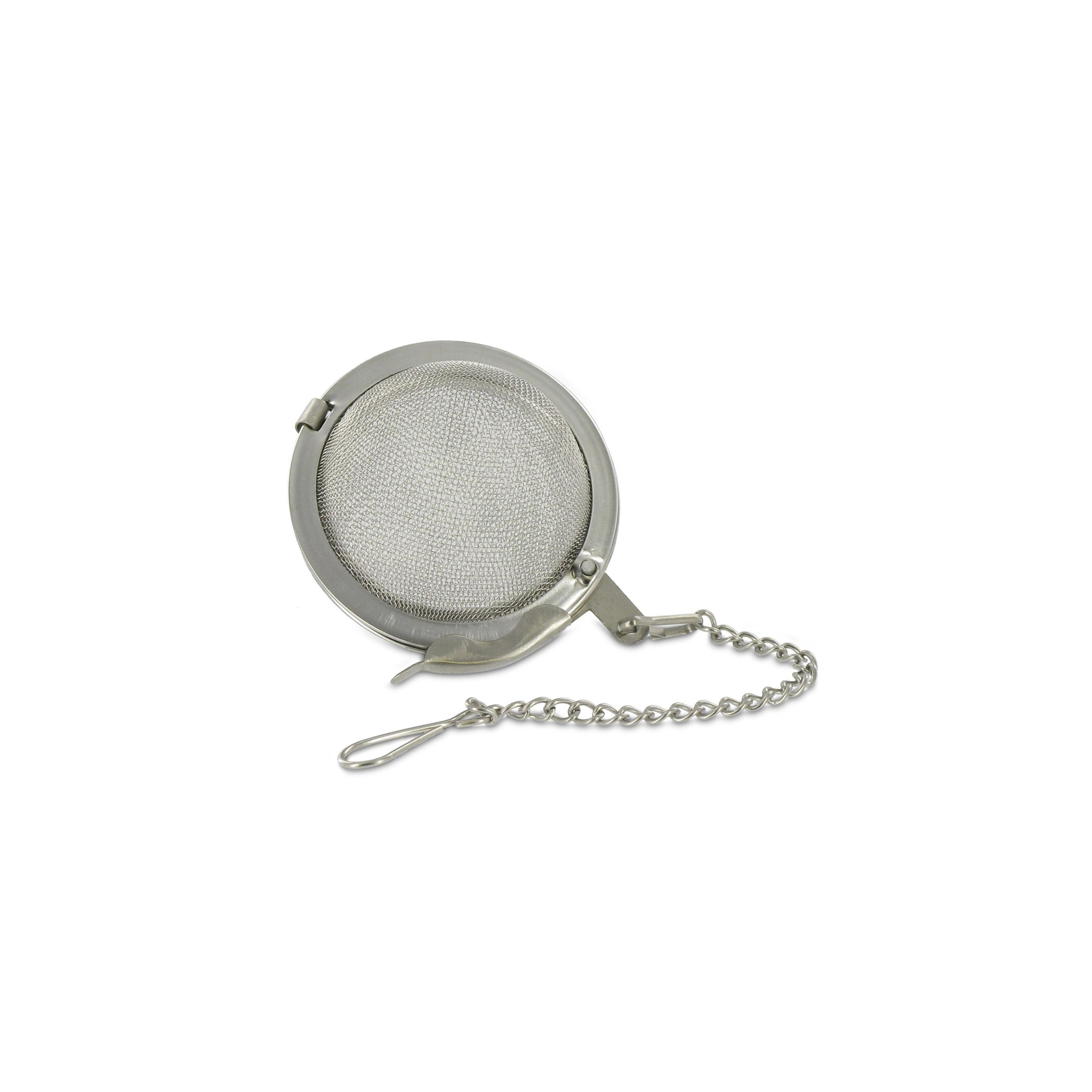
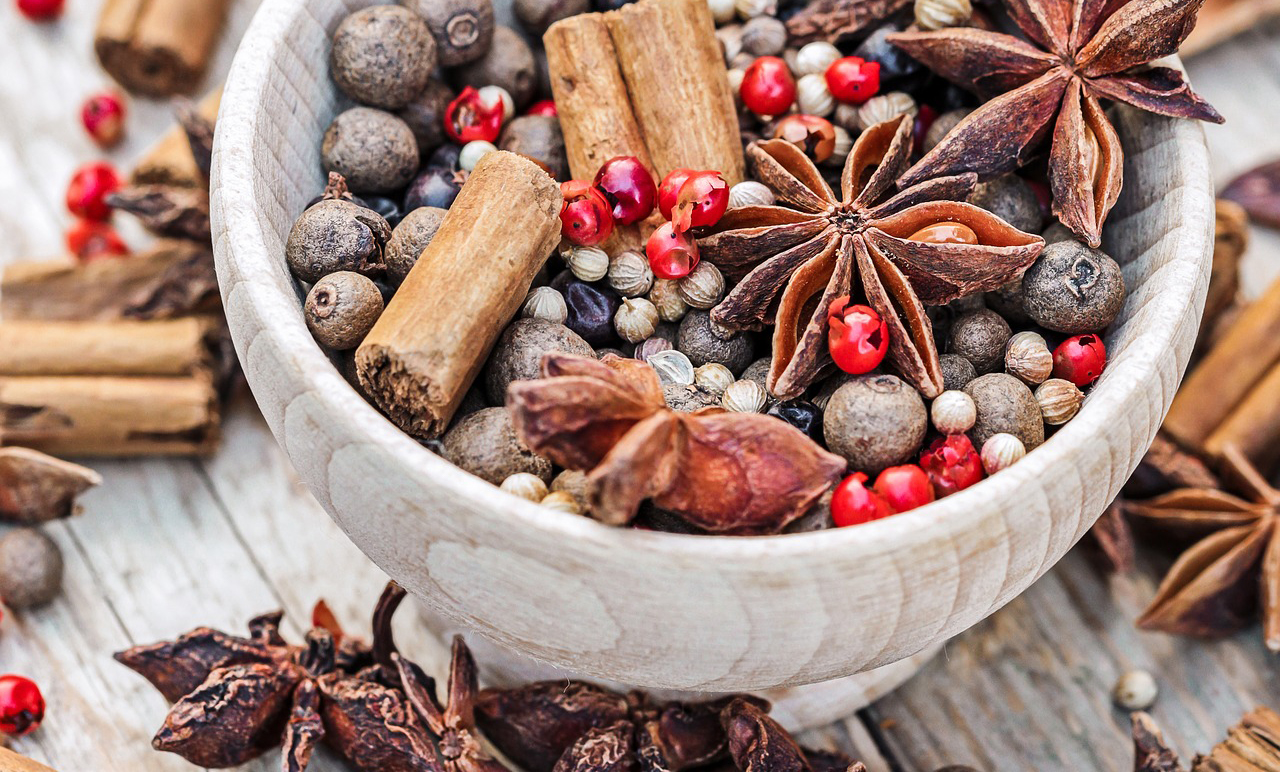








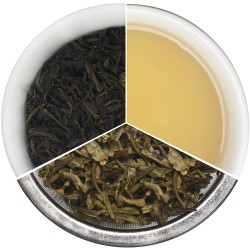
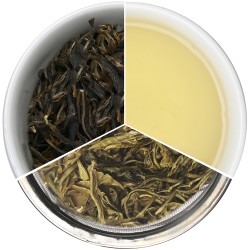
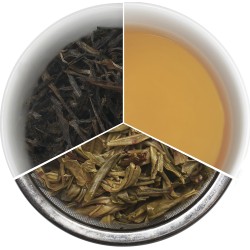

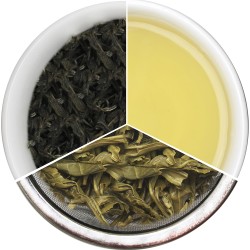
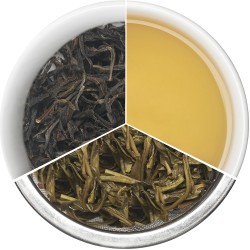
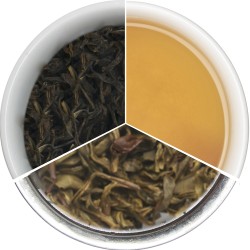
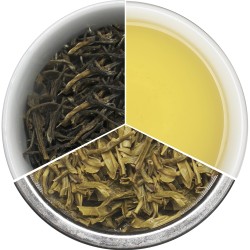
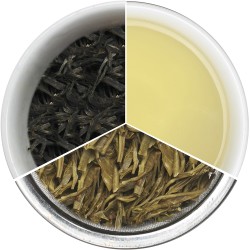
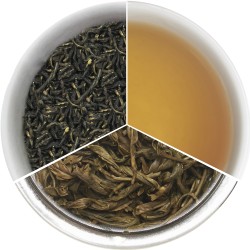

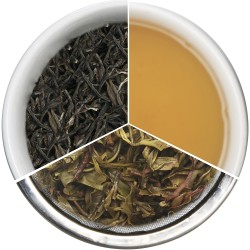





Leave a Comment